Best Birch for Northwest? Other tree options?
fragaria
17 years ago
Featured Answer
Sort by:Oldest
Comments (11)
mkirkwag
17 years agoEmbothrium
17 years agoRelated Discussions
What Paw Paw varieties are best for pacific northwest?
Comments (13)This is a follow up. The original post was me, but I left for a while, and when I returned, it was with a different screen name. I did wind up buying 3 paw paw trees, from a local nursery. We finalized on the place in July, so that was when I bought them. Not wanting to wait until the next year. I planted carefully, and watered every week that first summer. I was surprised they survived, but they did. The varieties were Sunflower, NC-1, and Rebecca's Gold. I since read that RG is a bad choice due to being later, didn't know that then. At the end of the trees' 3rd fall now, NC-1 grew the best, now 5 feet tall, Sunflower a bit less, 4 feet tall. RG was eaten off twice by rabbits, but has grown to all of 18 inches tall now with a protective screen in place. This spring, NC-1 and Sunflower both bloomed, but neither fruited despite my playing the fly with a paintbrush. I still don't know if they will fruit at my place in Battleground WA, but it looks promising they survived. It was very foggy when I took the photo. It gives a general idea of the tree's growth compared to other species I planted the same year....See MoreBest shade trees for the desert southwest OTHER than mesquite?
Comments (8)Pistacia chinensis is said to grow well in Tuscon. You could probably confirm that but I don't doubt it , having one myslef. It makes quite a nice shade tree, and it is the easiest tree you can imagine. It grows three foot a year or more with some irrigation, and has super strong wood. In it's second year, ours survived easily the great drought and heat spell of 2012, in which ten percent of all trees in Texas died. It needs pruning it's first few years due to codominant limbs. It's an ugly duckling that grows up to be a stunner. If you plant the male, there is no chance of it reseeding. It is a true earth friendly tree, needs little input from man, highly disease resistant, and puts on a show in the fall. It's deep rooted, wind resistant, and will survive on twelve inches of rain a year....See MorePacific Northwest Vinyl options?
Comments (0)Hello! I am on the verge of replacing 13 aluminum windows and a sliding glass door in Suquamish, Wa - across the Puget Sound from Seattle. I have been digging through this forum and others trying to pinpoint my best options for vinyl replacement windows. The current aluminum windows are behind T1-11 siding so replacing them with new construction windows is in the works. I am replacing them myself with help from a contractor so I haven't been getting bids from installation companies. Shopping solo, hunting for reviews and pulling out my hair. The majority of windows are sliders. It seems my window choices around here are limited. I cannot get Soflite or some of the other highly recommended windows here in the NW corner. I am entertaining Milgard (Styleline), Pella, Alside Mezzo, Simonson, PlyGem and a local manufacturer Cascade. First I'd like to know if I am missing a manufacturer I need to consider. Secondly, any advice of which direction to go? All of these manufacturers have issues of some sort from the research I have done. I a feel stuck with too much information and not enough information, all at the same time. Anything will be an upgrade to what we are replacing. I am on a limited budget but I don't want to slap in cheap windows. Cascade have been highly recommended as my local option but I cannot find a lot of information on them. I need the U-Factor at .30 or under and prefer thinner vinyl frames. Any help or advice would be great....See MoreStreet tree suggestions for corner lot in Pacfic Northwest
Comments (34)Hey all, I am taking this all in and organizing my list of trees to look into. Thank you! "But remember...for a harmonious landscape composition, some repetition is a good thing. Otherwise, what you end up with is less a landscape and more a plant collection. " Thanks, wisconsitom, that is precisely what I needed to hear. I'm not going for an ordered or symmetrical look per se, but I DO want a direction, intention and theme. I like so many type of landscapes, though! And I can't wait until I got it all figured out to start planting, otherwise it will never happen. Also I need to pace my yard expenditures. I know nothing about garden or landscape design, but I am a plant person and have been gardening since I was a child, have worked on farms and as a gardener and done botanical internships, ect... Enough to know I don't know much ;) My husband is pretty good with edibles, like grapes. My level of involvement is moderate now with a 1 year old in tow, but I would like it to be high. I like to spend at least 30-60 mins a day, all year, tending to plants, and much more when needed. gardengal48 yes, I have gone through the assessment process with the city, and their selection of fruit trees is limited. They've come and marked where our trees can be. At the end of September a group called Friends of Trees will reveal their available trees (which homeowners help plant). But If I want something different I must go get it myself and apply for the permit. A neighbor down the street works for the urban forestry center, she said she'd fill me in and help me pick out so W trees. So nice! About crepe myrtles, I see them all over Portland, blooming right now, often next to a house so their flowers peak in the windows, or even second story windows. They do seem to thrive in sun or protected courtyards....See Morefragaria
17 years agoEmbothrium
17 years agoEmbothrium
17 years agomkirkwag
17 years agoEmbothrium
17 years agoplantknitter
17 years agoEmbothrium
17 years agoEmbothrium
17 years ago
Related Stories
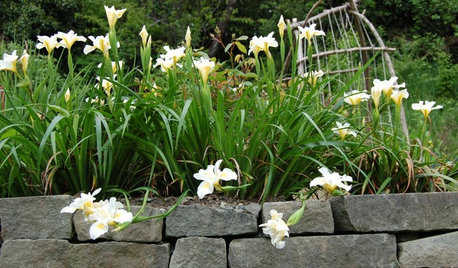
GARDENING GUIDESTop 10 Native Plants for the Pacific Northwest
More than just gorgeous and adaptable, these standout plants convey a sense of place
Full Story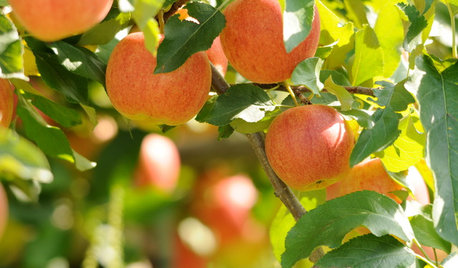
NORTHWEST GARDENINGPacific Northwest Gardener's March Checklist
Prepare for edible harvests and invite feathered friends to the garden — offering them slugs for lunch is entirely up to you
Full Story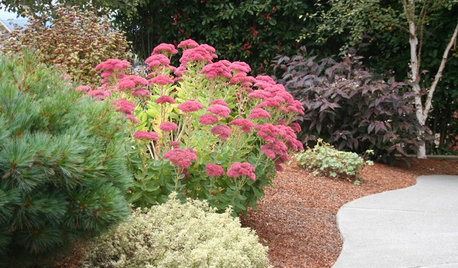
GARDENING GUIDESPacific Northwest Gardener's August Checklist
Deadheading perennials, cutting raspberry canes and preparing for the onion harvest keeps Northwest gardeners busy in August
Full Story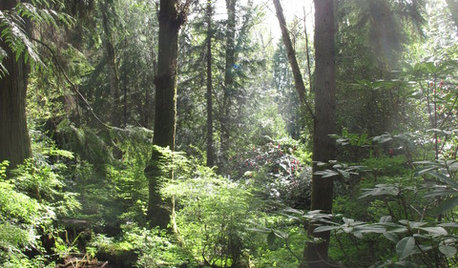
GARDENING AND LANDSCAPINGGarden Lessons from a Grand Northwest Reserve
Borrow classic landscape ideas from this Washington state treasure, a series of gardens as thoughtfully planned as they are spacious
Full Story
HOUZZ TOURSMy Houzz: Elegant Simplicity in a Midcentury Northwest Remodel
A discerning couple in Washington collaborate with a friend to update and add to their modern home
Full Story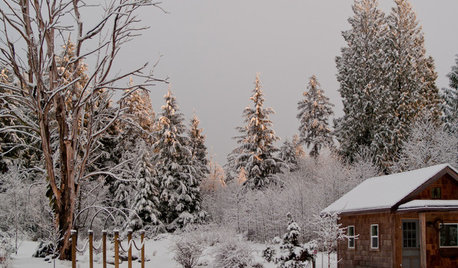
NORTHWEST GARDENINGPacific Northwest Gardener's January Checklist
Planning, pruning and planting now will help your garden flourish in the coming year
Full Story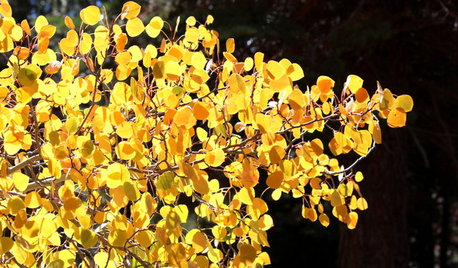
LANDSCAPE DESIGNGreat Design Plant: Quaking Aspen for 3-Season Beauty — on Its Own Turf
It offers bright fall foliage, snowy winter bark and lush green leaves in summer. Just don't try to plant quaking aspen away from its home
Full Story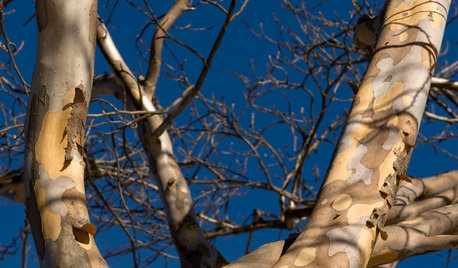
WINTER GARDENING8 Gorgeous Trees for Winter Interest in the Garden
Intriguing forms and beautiful branches take center stage when color heads back into the wings of the winter landscape
Full Story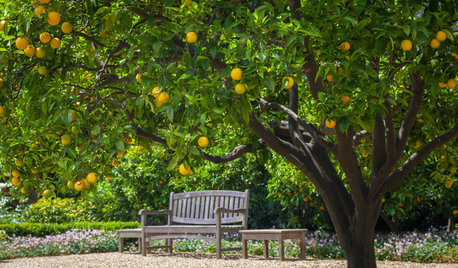
EDIBLE GARDENSHow to Grow 10 Favorite Fruit Trees at Home
Plant a mini orchard in fall, winter or early spring to enjoy fresh-off-the-tree fruit the following year
Full Story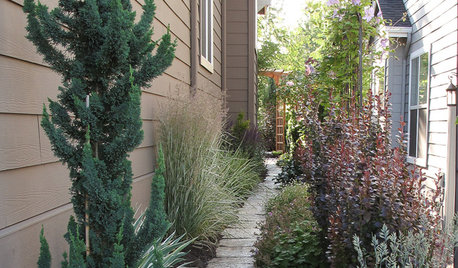
SIDE YARD IDEASNarrow Trees for Tight Garden Spaces
Boost interest in a side yard or another space-challenged area with the fragrance and color of these columnar trees
Full StorySponsored
Industry Leading Interior Designers & Decorators in Franklin County



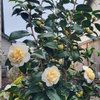
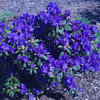
silver_creek